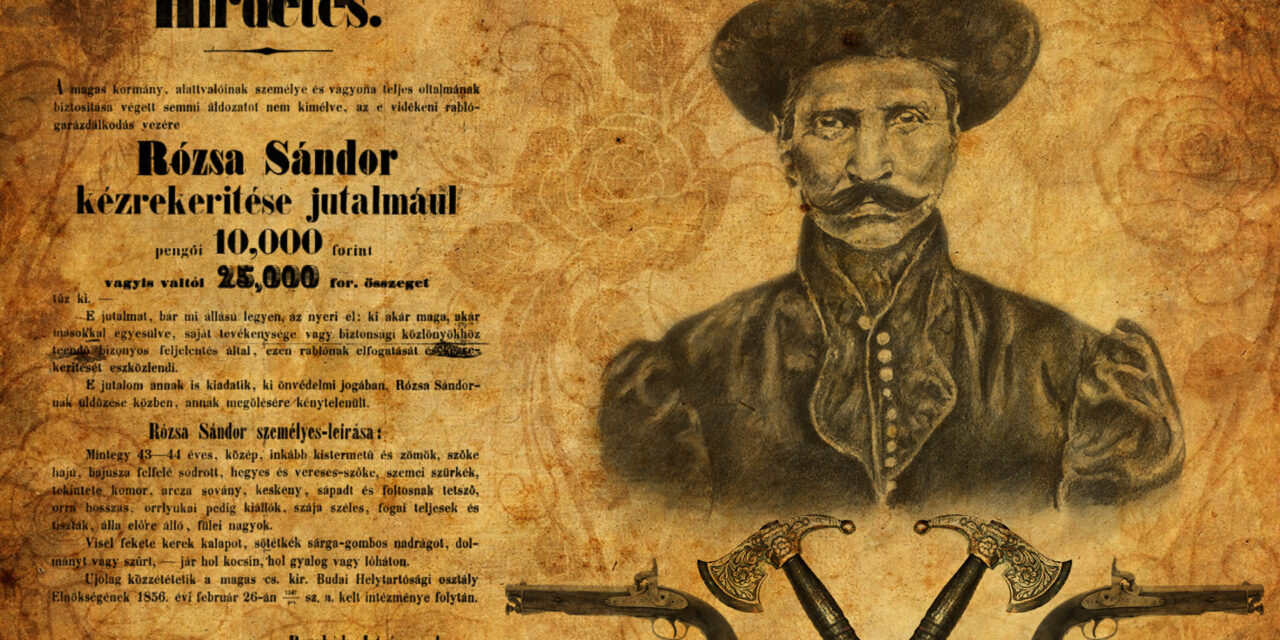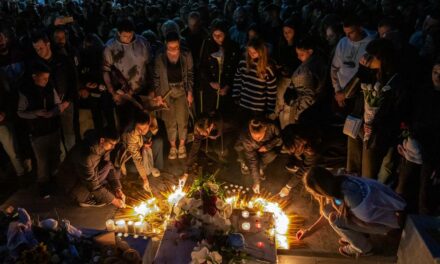The propaganda machine of the Viennese court did a lot of things in order to present the Hungarians as a rebellious, constantly rioting population after the bloodbath of the Hungarian freedom struggle, and the outlaws were very helpful to the chancellery.
With this, they tried to justify the massacre of Haynau, the revenge campaign for the 1848/49 Hungarian War of Independence. The Austrian chancellery received news and legends about outlaw stories, and by spreading them they were able to justify their concept: there are many criminal elements among the Hungarians, this people is unreliable, and they must be dealt with with a firm hand at all times.
Who are the outlaws?
The Hungarians have had a difficult fate, and everyone learns this slowly if they study our history. After the failed wars of independence, particularly difficult times and retaliation followed. After the Rákóczi War of Independence, the Habsburgs blew up a significant part of our castles to make it as difficult as possible to organize another resistance. The ever-increasing taxes levied from Vienna brought a strange world to Hungary. The gulf between the lords of the counties and the serfs deepened, and the peasants complained about the new and new burdens imposed on them. The emergence of outlaws can be linked to this moment, roughly the middle of the 18th century. Escaped soldiers, mercenaries, hard-pressed serfs, and colts chose a life outside the law.
At that time, there were vast, uncontrolled areas in Hungary. The swampy, marshy region and forests provided a great hiding place for the underworld of the time. For this reason, the outlaw world flourished mostly in the desolate wastelands of the Great Plain and in Transdanubia, in the Bakony. The judgment of outlaws is twofold; on the one hand, we are talking about streetwalkers, illegals, who chose the path of taking the other's instead of poverty. They tended to explain their actions with the political situation and oppression.
Because of the latter, the image of the outlaws was formed among the people, that they are fighters who are not willing to submit to the existing order, a kind of continuation of the failed freedom wars.
For this reason, some chroniclers more easily forgave the outlaws for their looting and, in some cases, even the murder of a robber.
The Sándor Rózsa story
Undoubtedly, the most famous outlaw - his fame even spread abroad - was Sándor Rózsa. According to his legend, in the years following the 1948 War of Independence, he even did not rob mail cars in his smaller empire, in the wastelands around Szeged, saying he knew the difficult situation his nation was in during the Habsburg war. In one case, he even apologized for stopping a postman. On the other hand, Sándor Rózsa apparently spent 10 months in a prison near Szeged. He is accused of several robberies and a murder.
What is a fact and not a legend, Rózsa Kossuth joined the freedom struggle with the permission and permission of Lajos.
He led a free band of 150 outlaws. With their unusual appearance and fighting style, they won many victories on the southern fronts. However, the glorious deeds were overshadowed by the looting of the liberated towns and villages and the killing of several civilians. Sándor Rózsa was imprisoned in the Kufstein castle as a punishment, and due to his popularity, he could be seen for money on Sundays in the market square. After his release, he settled near Szeged.
It is interesting that the authorities began to pursue him again because of his political involvement and revolutionary organization, and he even had to kill a soldier during his escape, which is why they set a high blood price on his head. In 1857, a friend, Pál Katona, betrayed Rózsa. The prosecutor asked for him to be hanged, but he was seen as such a hero among the poor people that they did not dare to execute him, so they imposed a life sentence on him. He died in the Szamosújvár prison in 1878.
A chilling story from Lake Balaton
The legend of the outlaws of Bakony lives on strongly in the popular memory to this day. Their life and operation are closely linked to the famous Betyárcsárda in Göngyös, built near Hévíz. It is interesting that the figures of Jóska Sobri, Kőkes Pista or even Illés Vak are more positively associated in popular memory. In the decades following the defeat of the war of independence, the Hungarians' wounded sense of justice worked strongly. Like Sándor Rózsa, they also saw in the outlaws of Bakony those heroes who keep hope for freedom alive with their rebellious behavior, unwilling to submit to the authorities.
Even though there were roadblocks and robbers, the common people still supported them and not the gendarmes. According to legend, Jóska Savanyó, the great Bakony outlaw leader of the 1880s, was a good-hearted and just outlaw. A similar act is associated with his name as with Sándoré Rózsa. He allegedly did not rob a train to Hévíz next to Gyöngyösi Csárda, because a former benefactor of his traveled in it. The most chilling story is related to Kőkes Pista and Vak Illes. After they had to flee from the forests of Bakony, they went to Zala, where they quickly became notorious outlaws.
On one occasion, they got into a firefight with the cops at Gyöngyösi Csárda. They called on them to surrender, but instead the two outlaws locked themselves in the basement and fought a firefight. The cops set fire to the hiding place and then shot the Kőkes Pistas, who were fleeing in burning clothes. Their grave is still there behind the inn, a reminder of the Hungarian outlaw world. There were records of outlaws even at the beginning of the 20th century, but due to industrialization and the draining of the moorland, their living space became more and more narrow, and their fate was sealed.
Undoubtedly, the Hungarian outlaws were outlaws, but it is a fact that many of them played an active role in the freedom struggle and later became symbols. A symbol of Hungarian freedom.
Featured image source: Origo













